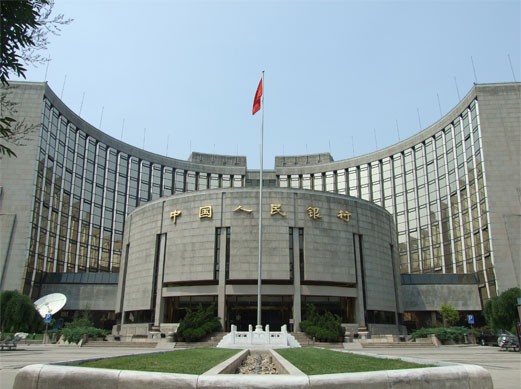As part of the government's effort to achieve stronger growth, China's central bank has recently cut both the benchmark interest rates and the requirement reserve ratio (RRR), the required amount of reserves a bank should hold.
The move, touted as credit-easing, eyes to "support the real economy and promote restructuring," according to the People's Bank of China (PBOC).
The RRR for commercial banks dedicated to rural areas, small businesses and agriculture was cut 50 basis points (bps). On the other hand, RRR for finance firms, or non-bank financial institutions, is set to be decreased by 300 bps.
Meanwhile, the PBOC stated that interest rates for one-year lending and deposits are to be lowered by 25 bps to 4.85 and 2 percent, respectively. As for other terms and kinds, the rates will also be cut by the same margin.
The recent RRR reduction is the third in a period of five months, and the fourth for interest cuts in a period of around seven months.
The PBOC explained that its monetary policy decisions were done to lower borrowing costs and help boost the economy via restructuring.
"China will maintain the prudent monetary policy and further push forward the reforms of interest rate liberalization and the RMB exchange rate formation mechanism," the bank announced.
The said RRR reduction is aimed at supporting farmers, as well as the country's rural and agricultural development, and small and micro businesses.
"It also aims to improve the key areas and weak links in the national economy and is conducive for the financial institutes to support mass entrepreneurship and innovation," the PBOC further remarked.
For Yao Yudong, PBOC's Finance Research Institute director, the recent monetary move of the central bank will be an effective support to the real economy.
In the first quarter, China's economic growth decreased to 7 percent, the lowest for the past six years.



























